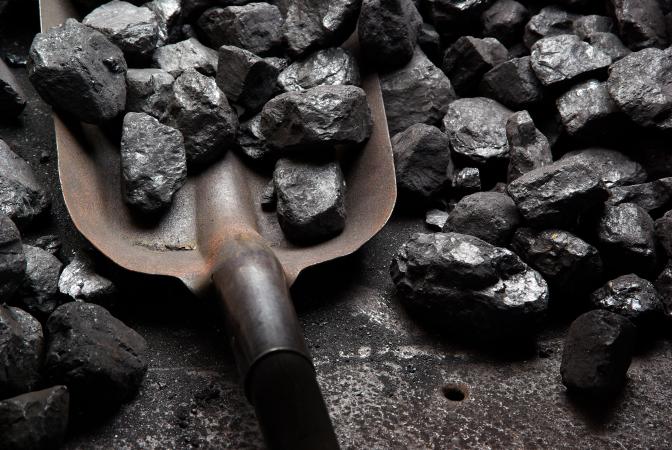In 2022, global coal demand will increase to a record and last until 2024 – is the latest forecast of the International Energy Agency (IEA)
Global coal demand for electricity 2022 will grow above 8 gigatt:
British newspaper Guardian (TGC) mid-December, 2021, citing a report of the IEA, said that the global gas supply crisis pushed prices to record highs on a worldwide scale, which had an impact on increasing demand for charcoal. Coal power fell 4% in 2020 as the pandemic causes a global recession, but the IEA says electricity demand this year has outstripped growth for low-carbon sources, leaving many rich economies are more dependent on coal power plants.
According to the IEA, after falling in 2019 and 2020, global electricity production from coal is expected to increase from 9% (2021) to an all-time high. Based on current trends, global coal demand is expected to rise above 8 billion tonnes by 2022, the highest level ever seen, and will remain at that level until 2024, after which a few years will stabilize when demand declines. However, the IEA also warned that without policy intervention, the record increase could last longer than expected.

According to the IEA report, demand for coal was particularly high in the first half of 2021, cutting supply and pushing up prices. In China and India, coal shortages led to power outages, and steel and aluminum production fell dramatically, pushing up prices for these commodities.
Overall worldwide coal demand, including uses outside of power generation, such as cement and iron and steel production, increased by 6% in 2021, to around 7,906 million tonnes. This increase does not surpass the record level achieved in 2013 and 2014. Demand for thermal coal alone in 2021 had increased much more than that of metallurgical coal, up 22% compared to 2020. In 2022, overall demand of coal could hit an all-time high, and could remain high for the next two years.
“Coal is the world’s largest source of carbon emissions, the historic high level of coal-fired power generation in 2021 is a worrying sign for the goal of phasing out emissions to zero. Without strong and immediate action by governments to tackle coal emissions in a fair way, prices must remain reasonable and safe for those affected, we will have little chance to limit global warming to 1.5 degrees Celsius,” warned Fatih Birol, IEA Executive Director.
The IAE report comes weeks after the conclusion of the COP26 climate conference, negotiations that ended in acrimonious disagreement over a commitment to abandon coal. A last-minute intervention by India succeeded in taking the language of the treaty from “phase out” to “phase down”. After talks in Glasgow last month, COP26 president Alok Sharma said India and China would “have to explain to poor, climate-prone countries what they’ve done”.
The IEA report further revealed that India is on track to grow its coal-fired power generation by 12% this year, while the use of China’s coal plants is forecast to grow by up to 9% despite sharp decline in recent months. This would be an all-time high in both of the above-mentioned most populous countries, despite the deployment of solar and wind power projects.
In the US and EU, coal power generation increased by nearly 20% in 2021. However, that is not enough to surpass 2019 levels. Coal use in the US and EU is expected to continue. decrease in 2022 due to slow growth of electricity demand and fast growth of clean energy. In particular, the return to coal power plants is expected to decline sharply next year as electricity demand slows and encourages the expansion of clean, renewable energy alternatives.
In the UK, where coal power has steadily declined in recent years, owners of coal power plants have finally been paid record amounts to help keep them running in 2022 as electricity prices hit new highs after gas market prices rose and one of the windiest summers since 1961.
